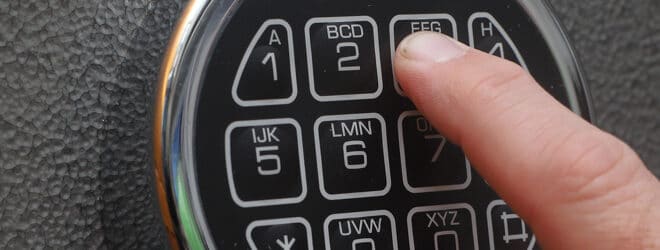While summer brings wildfires and winter brings blizzards, earthquakes are a natural hazard that can occur at any time of year—and they’re impossible to predict.
An earthquake occurs when tectonic plates shift along a fault line deep in the earth’s crust. These ‘shifts’ vary in magnitude, intensity, and duration, and are measured on a scale of 1 to 10 based on the intensity of seismic activity. A minor earthquake might last just a few seconds, causing relatively no damage. But a major earthquake can last minutes, violently shaking buildings, roads, and bridges.
Unbeknownst to many Canadians, we regularly experience earthquakes in Canada: about 5,000 a year. While many of these are minor, it’s impossible to predict when a major earthquake will strike that could cause severe damage to property and even loss of life.
In Canada, the west coast of British Columbia is most prone to earthquakes, according to Natural Resources Canada (NRC). That’s because it’s located along an active fault line that runs under the Pacific Ocean, all the way down to Northern California, which is capable of producing some of the strongest earthquakes in the world. Ontario and Quebec also have fault lines along the St. Lawrence Seaway and Ottawa River Valley, as do parts of the three territories along the Arctic Ocean coastline.
To help Canadians respond in the event of an earthquake, NRC is launching the Canadian Earthquake Early Warning (EEW) system, which will send alerts to the public via phones, radio, and TV. While EEW systems can’t predict earthquakes, “they can provide up to tens of seconds of warning by detecting an earthquake immediately after it occurs,” according to NRC.
While you can’t predict an earthquake, you can plan for it.
How to prepare for an earthquake
An earthquake starts with a bang or a roar, but earthquake preparation starts with business and continuity planning.
- Educate employees, so they know how to respond in the event of an earthquake. They should also know where key shutoffs are, including water, electricity, and gas.
- Emergency kits should be easily accessible. Each kit should include an emergency contact list, first-aid kit, and generators, along with backup batteries and power banks. They should also include items such as flashlights, portable radios, water bottles, and non-perishable food items such as energy bars.
- Inspect your building for any damaged components. Remove any trees, branches, or other items that could fall on your roof or nearby power lines. Consider securing objects such as furniture and appliances using anchors or fasteners, and install safety latches on drawers and cupboards.
- If you’re located in an earthquake zone, consider consulting with a seismic engineer about potential retrofits for your building. For example, you may want to install seismic gas shut-off valves to decrease the chances of a post-earthquake fire or use seismic strapping to secure building fixtures to the wall.
- Understand your insurance coverage (and update it if necessary), so if your property is damaged or your business is disrupted by an earthquake, you’ll have the right coverage.
What to do during an earthquake
During an earthquake, stay indoors and ‘Drop, Cover, and Hold On.’ That means dropping to your hands and knees, taking shelter under heavy, solid furniture (if possible), covering your head and torso, and holding on until the shaking stops.
If that isn’t possible, flatten yourself against an interior wall while protecting your head and neck. Avoid exterior walls, windows, doorways, and shelves with heavy objects. Never enter an elevator during an earthquake; if you’re already in one, exit as soon as you can.
If you’re outdoors, find a safe place to take cover, away from exterior walls and buildings that could collapse. Stay at least 10 metres away from downed power lines. And if you’re near a coastline, move toward higher ground to protect yourself from a potential tsunami.
Keep utilities and lights turned off and unplug electronics. If you smell leaking gas, evacuate the area as soon as it’s safe to do so. Listen to alerts on the radio and instructions from authorities, and contact emergency services if necessary.
When it’s safe to do so, take photos and document any damages to buildings and vehicles, which can help with an insurance claim.
Protect yourself and your business
Earthquakes are unpredictable natural events that can cause severe property damage, injury, and disruption in business operations. Implementing the right measures before, during and after an earthquake can help reduce the severity of these effects. However, there’s always a chance that things can still go wrong. That’s why having the right protection in place can make all the difference. To learn more about how the right coverage can help, visit our business insurance page today.




